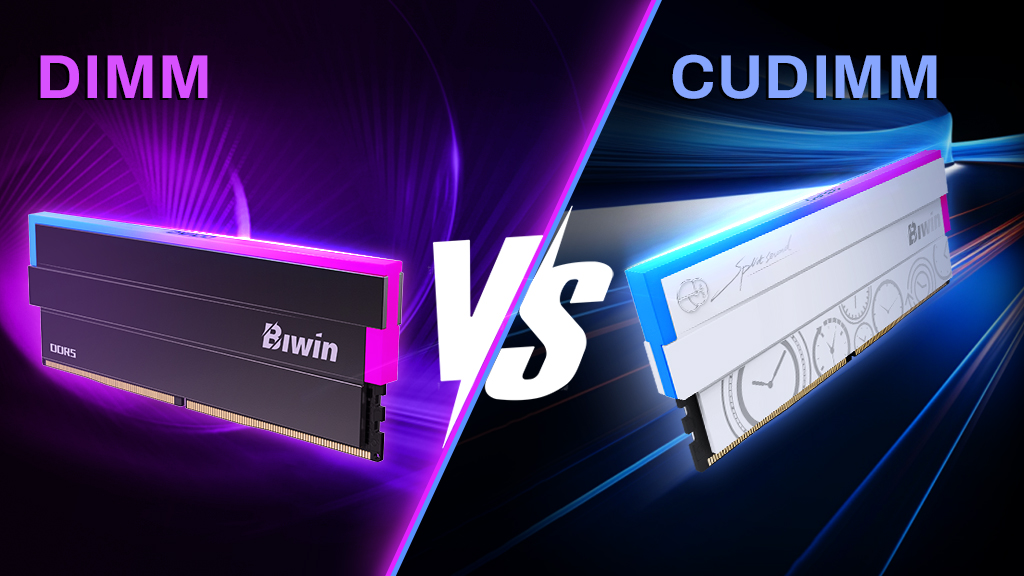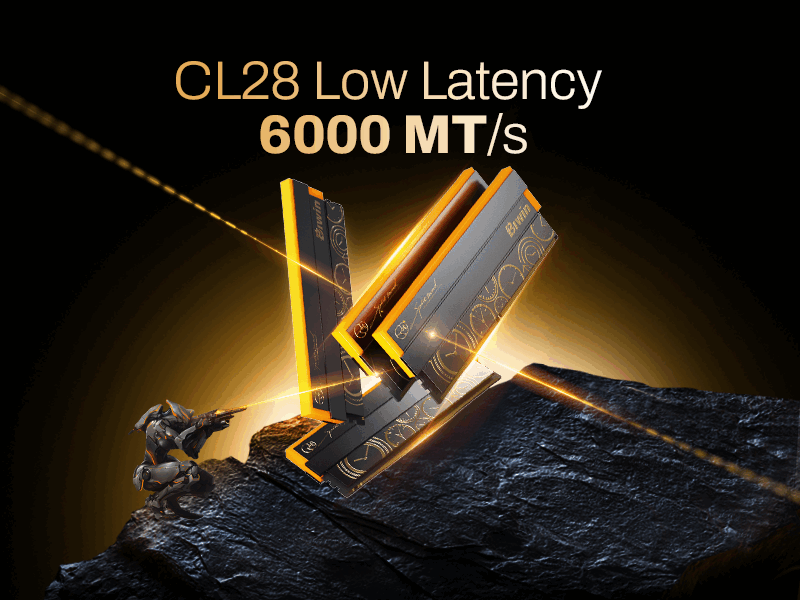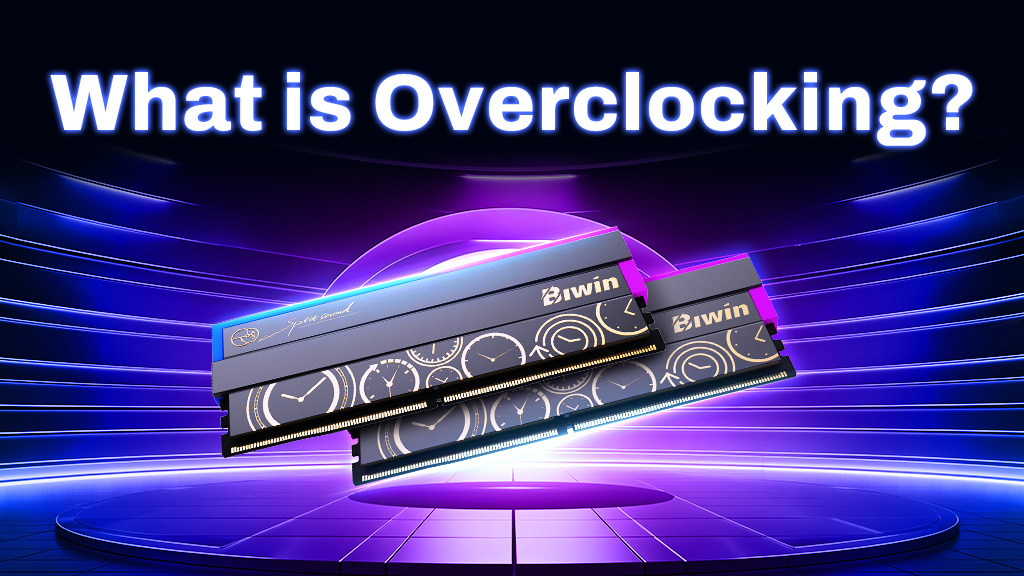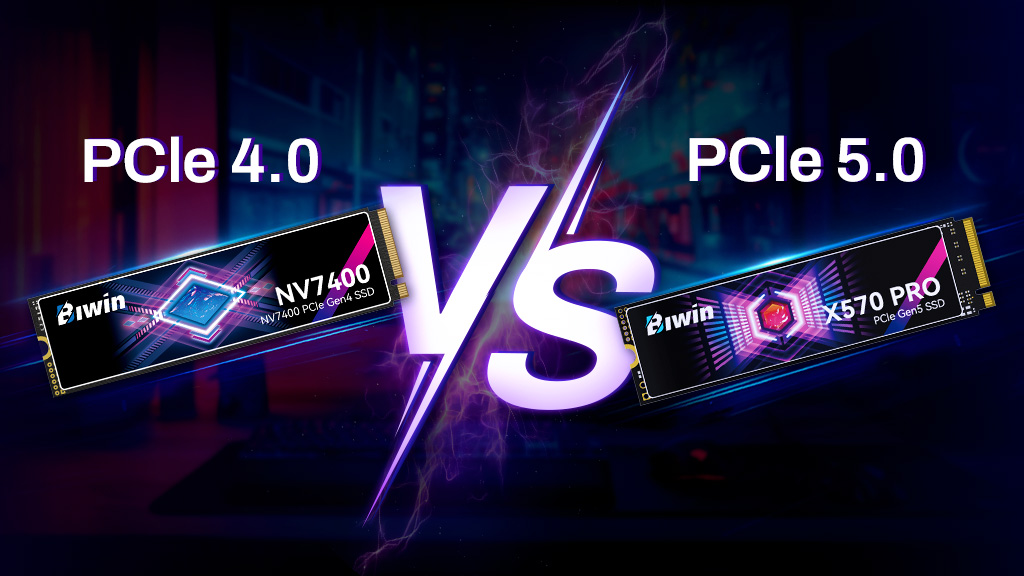If you’re buying new memory in 2025, you’ll have the usual choices of various capacities and speeds, but you’ll also need to decide between DIMMs and CUDIMMs. These two different standards within the latest DDR5 generation of memory represent a changing of the guard in the way memory is manufactured and designed. In short, CUDIMM is the future.
But that doesn’t mean memory built in the more-traditional DIMM standard aren’t worth considering. While it’s true, you will find the best performance on CUDIMM modules, their full capabilities aren’t supported by every chipset or system, yet, and fastest isn’t always the only consideration when upgrading memory.
Still, it’s worth knowing about CUDIMM and how they improve upon the classic DIMM design for when you do make the jump in the future. Here are the differences between DIMMs and CUDIMMs.

Table of Contents
ToggleWhat are DIMMS?
Dual In-line Memory Modules, or DIMMs, are memory sticks. It’s effectively just the official term for the individual sticks of RAM that make up a memory kit. It’s an evolution of a previous design called SIMM, or Single In-Line Memory Module. DIMMs, unlike those older counterparts, have pins on both sides of the module, providing DIMMs with a wider data path than SIMMs did. It is also occasionally used interchangeably with UDIMM or Unbuffered Dual In-line Memory Modules, as there isn’t any real difference between the two.
Unlike generations of memory, like DDR4 or DDR5, there is no relation between DIMMs and capacity or performance. You can have a small, slow DIMM of DDR3 memory, or a large-capacity, super-fast DDR5 DIMM.
Typically, DIMM has just meant memory sticks. Now though, it also means that the sticks aren’t CUDIMM, which is something slightly different.
What are CUDIMMs?
The latest standard of memory modules to be developed and released are CUDIMMs. These are Clocked Unbuffered Dual In-Line Memory Modules, and they differ slightly from more-traditional DIMMs. CUDIMMs have an additional component alongside the memory modules: a Client Clock Driver (CKD). DIMMs, do not.
Where traditionally memory has drawn its clock timing signal from the CPU or motherboard’s memory controller, CUDIMMs have that on board. The CKD boosts the clock signal that the memory chips use to run in-sync with the rest of the system, ensuring that the signal doesn’t degrade, which can happen at higher memory speeds. That helps prevent miss-timing of the memory, which can result in errors or worse performance.
Although CUDIMMs can be used interchangeably with DIMM kits of memory, that’s not always advisable. CUDIMMs can operate at higher frequencies and tighter timings, but they are currently only supported by the latest generation Intel motherboards. Older Intel boards and AMD chipsets can only run the memory at a lower speed without the CKD being used. For more information, you could read our another post : What is CUDIMM? Everything you need to know.
DIMM vs CUDIMM
If you have a PC that can support CUDIMM modules, you’re almost certainly going to get better performance out of the newer memory standard. It can be faster and more stable than traditional memory kits, enhancing the performance of your system. However, while CUDIMMs are a better overall type of memory, their compatibility isn’t universal yet.
At the time of writing, only the latest Intel Core Ultra 200 CPUs and their associated 800-series chipsets can support CUDIMM. That means if you’re on an older Intel platform, or have an AMD CPU and motherboard, you are potentially better off using traditional DIMMs for now. While you can plug CUDIMM memory into a PC that doesn’t support it, you might find that the system doesn’t boot without a BIOS update, and even then, memory will only perform at the maximum rated speed of the motherboard, not the memory modules.
XMP and EXPO can help improve that performance, but the full-speed of CUDIMM is only available on select platforms for now.




